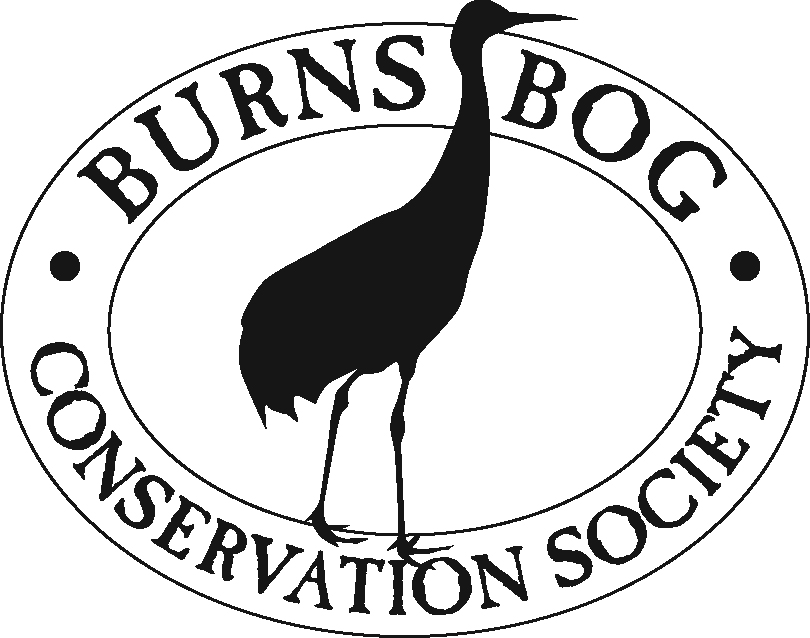 |
FOR IMMEDIATE RELEASE BURNS BOG DECLARED A RAMSAR SITE Saturday September 22th 2012, DELTA, B.C The Burns Bog Conservation Society is thrilled to announce that the Government of Canada has joined 20 682 hectares of Lower Mainland wetlands into the newly-renamed Fraser River Delta Ramsar Site. |
| The new Ramsar site designation
includes all of Burns Bog, and affirms the area's deep
ecological significance to British Columbia and the
international community. Today’s announcement is the result of over two decades of conservation work. The original proposal to declare Burns Bog a Ramsar site was brought forward by Rob Stoneman of the Scottish Wildlife Trust, at the International Peat Society’s Congress seventeen years ago in 1995. “The news about The Fraser River Delta [Ramsar site] is a great step in the right direction for Canada , and all the wetlands around the world,” stated Dr. David James Bellamy OBE, keynote speaker at the 1995 Congress. “It’s been a long wait, but worth it,” said Eliza Olson, President of the Burns Bog Conservation Society. The expanded definition of the Fraser River Delta Ramsar Site includes Sturgeon Bank, South Arm Marshes, Boundary Bay , Serpentine, and the former Alaksen Ramsar Site. Burns Bog Environmental Conservation Area, created in 2004, is a collective covenant between four levels of government. The Ramsar Convention on Wetlands, created in 1971, is an intergovernmental treaty dedicated to the “wise use” of wetlands of international importance. The new Ramsar site designation comes as the area is threatened by development proposals. This includes the South Fraser Perimeter Road , and a rezoning application by MK Delta Lands Group. “As wonderful as the Ramsar designation is, it won’t stop the destruction of Burns Bog unless the federal government honours its commitments to the Ramsar Convention,” said Ms. Olson. Over two thousand people have signed a petition to stop the development of 89 acres of unprotected bogland at Highway 91 and 72nd Avenue. The South Fraser Delta wetlands form an internationally critical migratory stopover for the locally endangered Sandhill Crane, and are crucial in regulating air quality in the greater Vancouver area. They are a deeply significant salmon habitat during the feeding and rearing phase, as the fish migrate from the Fraser River to the Pacific Ocean . BACKGROUND INFORMATION Burns Bog is the southernmost and largest raised peat bog on the west coast of North America . It is located between the municipalities of Delta and Richmond in the Metro Vancouver area. David James Bellamy is a British broadcaster, environmentalist, botanist, and author. He has been honoured with numerous degrees and awards, including the Order of the British Empire and the U.N.E.P. Global 500 award. He has produced over 400 television programs on the subjects of botany and ecology. He is an honourary chair of the Burns Bog Conservation Society. Dr. Bellamy first visited Burns Bog in the early 1970s, while he worked for Imperial Oil, and at the time he thought the bog was doomed by active peat harvesting operations. He was inspired by a return trip in 1995, stating that he couldn’t believe the regeneration that had taken place in the intervening years. He accepted the Burns Bog Conservation Society’s invitation to be their honourary chair in 1996. He was the keynote speaker at the 1996 "Peatlands For People" conference co-sponsored by the Burns Bog Conservation Society and the UBC Environmental Club. Eliza Olson has served as the president of the Burns Bog Conservation Society since its formation in 1988. She lives and works in Delta, BC. Eliza Olson 604-572-0373 eliza@burnsbog.org www.burnsbog.org |